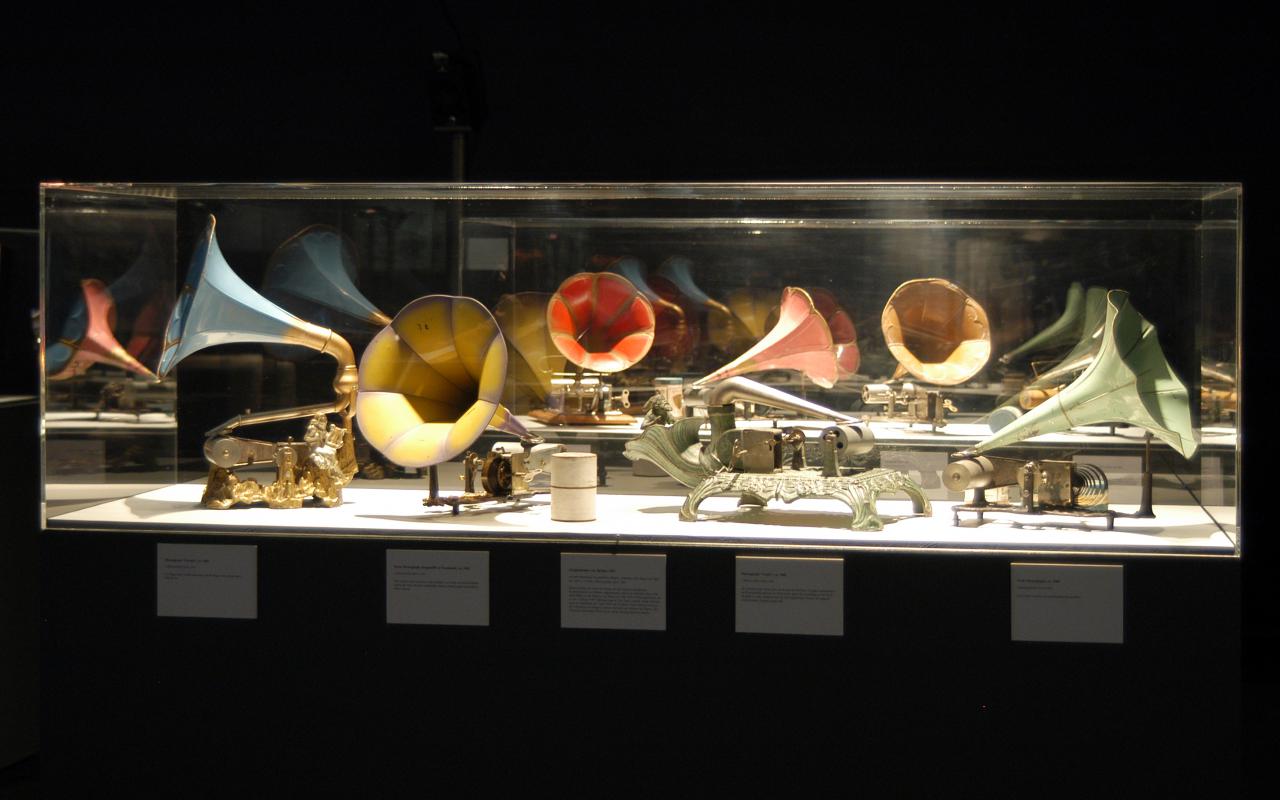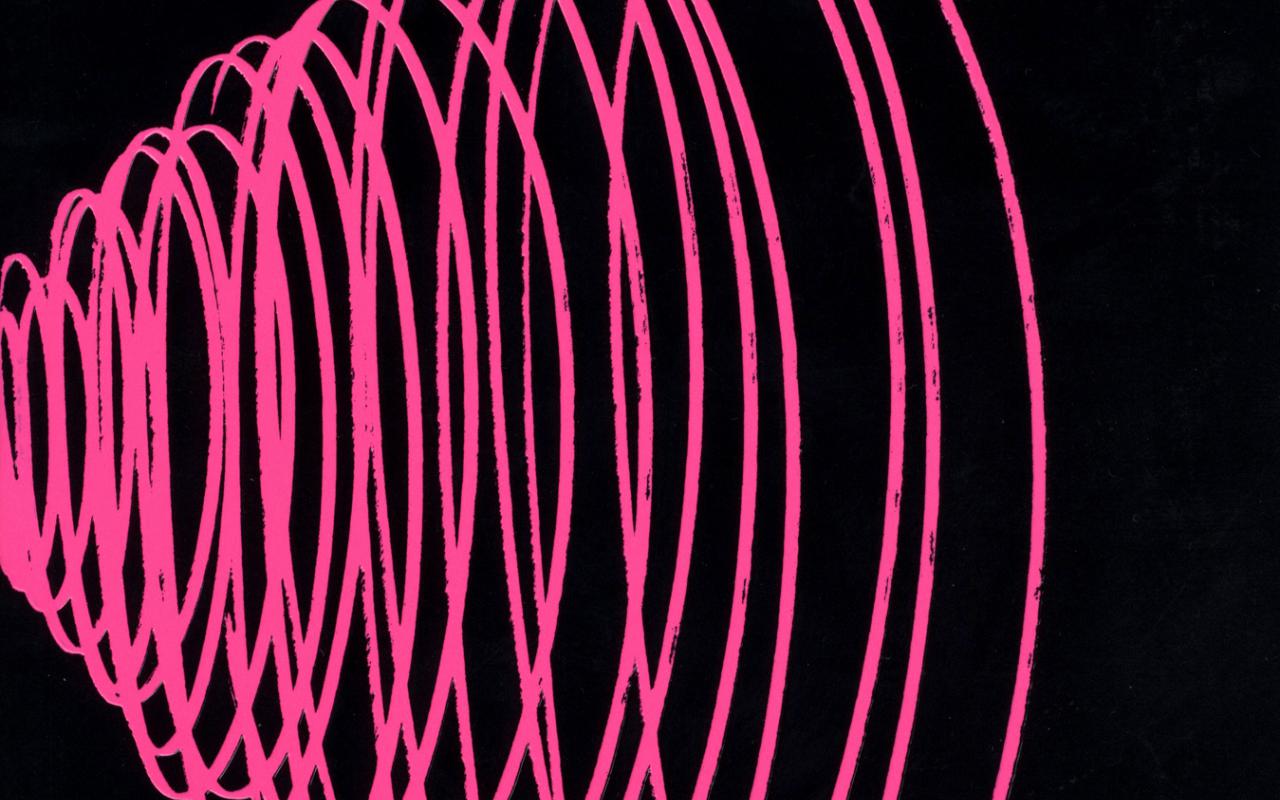
An exhibition on the human voice may appear to be a paradoxical undertaking. What can be rendered visible in terms of voice and hearing are symbols, phonetics, anatomical models, speech engines, technical machines from rare phonographs to voice-activated navigation systems etc. - But what factually constitutes the experienced and heard voice is the space of our sensory world. The »heard space« is at least as constitutive as that which is perceived visually.
In the exhibition, among other things, one can hear recordings from sound archives in Berlin and Vienna, which have compiled »vocal portraits« of important figures since the beginning of the 20th century. Vocal experiments by sound poets, actors and performance artists will be presented as they expand and distinguish the meaning of a spoken text beyond its mere semantic content - through their vocal performance. One can hear also the first attempts of artificially created voices, such as the voice of a speaking machine engineered by Wolfgang von Kempelen (1734-1804), a high appointee at the court of Maria Theresia. With the aid of his machine, he wanted to enable deaf people to articulate themselves acoustically.
Ingeborg Bachmann, in her Frankfurt lectures, describes the »writing self« as a »placeholder of the voice«. The singing voice conveys how far the constantly changing possibilities of recording and studio technology determine aesthetic perceptions of the voice. Rare examples from the early record industry up to the most current machinery illustrate the manifold ways of manipulating the human voice. Various experiments capture and make audible voices of the dead. Examples of European chants - from the fascination of the high-pitched male voice of Vatican castratos to the bass voice of Maxim Mikhailov - as well as examples from almost 100 years of radio history illustrate the astounding possibilities of vocal renditions.
The design of the exhibition is unconventional. An acoustic film accompanies the visitor through the exhibition via a timing control, which places in space the featured voices. Thereby the audience´s spatial perception deviates from the discernible surroundings.
Early speaking machines from the 18th and 19th century are exhibited for the first time; valuable phonographs; the first speaking objects; instruments and gauges that analyze and reconstruct human articulation and vocal development; documents of early expeditions, voyeuristically describing the first contacts with European speaking machines. Demonstrated is the legendary ventriloquist Edgar Bergen, who, with the voice he lent to his famous dummy, Charlie McCarthy, managed to skillfully undermine conservative morals of his times. Rare books document the history of the education of the deaf. Worth mentioning is the spectrum of efforts to transcribe vocal expressions: medieval banners, political caricatures, current comic strips or the notation systems of contemporary music.
The exhibited voices and objects frame innovative projects and prototypes in a historical context of technical fascination, dealing with voice synthesis and vocal navigation as well as systems of orientation and interaction.
- Website
- http://www.zkm.de/phonorama
- Credits
- Brigitte Felderer (Curator)
- Exhibitions team
Martin Häberle (technical project management)
Sabine Himmelsbach (project management)- Organization / Institution
- ZKM | Museum für Neue Kunst
- Sponsors
Landesbank Baden-Württemberg ; .Kunst Bundeskanzeleramt ; Büro für Schalltechnik ; derhörverlag, AFFAA - Bureau des Arts Plastiques Fränzösische Botschaft ; Johannes und Mindy Mann
Accompanying program
-
- Sat, January 29, 20059 pm
- DJ Electric Indigo – European voices
-
Concert
Foyer
-
- Fri, January 28, 20057 pm
- Wolfgang Hagen: The Radio Ego and the ventriloquist's voices
-
Lecture
Vortragssaal
-
- Sun, January 23, 20051 pm
- Sabine Himmelsbach, Charlotte Martinz-Turek: Who's speaking?
-
Panel Discussion
ZKM | Museum für Neue Kunst
-
- Sat, January 08, 20057.30 pm
- Gerhard Rühm: Masoch
-
Reading
Kubus
-
- Sun, November 21, 20041 pm
- Brigitte Felderer: Sound-Resonance Machine
-
Talk
ZKM | Museum für Neue Kunst

